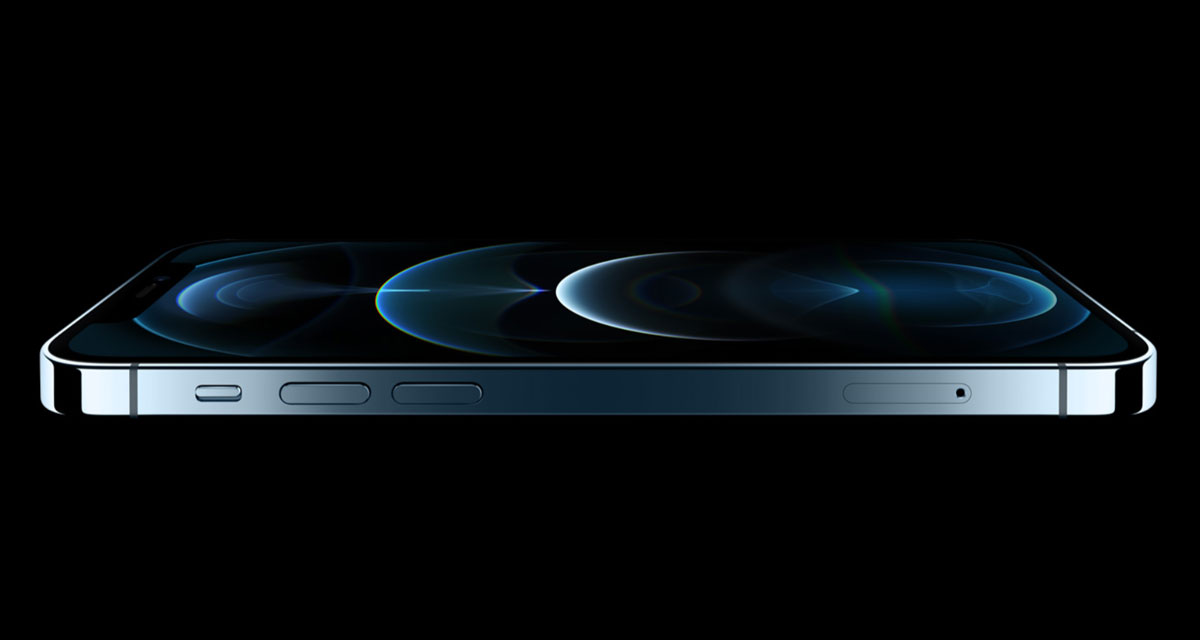According to The Wall Street Journal, Apple is working on an in-screen fingerprint sensor that would ship alongside Face ID on the company’s 2021 smartphone release, the iPhone 13.
The discussion about Apple revamping Touch ID and coming up with new technologies to allow it to be incorporated into a device without a physical Home button just won’t go away.

WSJ’s Joanna Stern is adding fuel to a fire that has already been stoked by well-placed analysts like Ming-Chi Kuo and Mark Gurman, both of whom have previously stipulated that Apple is actively working on this type of technology.
Face ID has been a hit with most people purchasing an iPhone that includes it but there are times when it just isn’t practical to use that type of technology; especially with the global current climate when face masks are mandatory for shopping. If Apple were to launch the iPhone 13 with a secondary biometric option, then it’s highly likely that it would be well-received by consumers.
Stern has stipulated that a former employee has said that Apple is working with optical sensors that offer in-screen results that have provided to be a lot more reliable than previously tested ultrasonic solutions.

There are a lot of different factors to take into consideration when attempting to integrate this type of technology. Speed, performance, and reliability are of the utmost importance to device owners but so is security. The testing of optical sensors may have yielded more reliable results but there’s a general consensus that they are also the less secure option.
With that said, WSJ’s Stern stipulates in her piece that any system will need to at least meet the current security standards that Apple has with its existing Touch ID system. That means that device owners shouldn’t need to worry about that element.
Putting aside technology and the internal challenges that Apple face, the idea of having Touch ID back on a high-end flagship Apple smartphone is an appealing one. Many people – including myself – simply prefer the speed and flexibility of Touch ID over the Face ID experience, especially when having to partially pull down a mask to allow Face ID to function. Let’s see if Apple gets far enough in the development process to actually include this technology in this year’s iPhone 13.
You may also like to check out:
- Jailbreak iOS 14.4 Using Checkra1n, Here’s How-To [Guide]
- Download: iOS 14.4 Final IPSW Links, OTA Profile File Along With iPadOS 14.4 Out Now
- How To Downgrade iOS 14.4 The Easy Way [Tutorial]
- How To Fix Bad iOS 14 Battery Life Drain [Guide]
- Convert Factory Wired Apple CarPlay To Wireless Apple CarPlay In Your Car Easily, Here’s How
- iPhone 12 / Pro Screen Protector With Tempered Glass: Here Are The Best Ones
- Best iPhone 12, 12 Pro Case With Slim, Wallet, Ultra-Thin Design? Here Are Our Top Picks [List]
- Best iPhone 12 Mini Screen Protector: Here’s A List Worth Checking
- Best iPhone 12 Pro Max Screen Protector: Here Is A List Worth Checking
- Jailbreak iOS 14.2 Using Checkra1n, Here’s How-To [Guide]
- Apple Watch ECG App Hack: Enable Outside US In Unsupported Country On Series 5 & 4 Without Jailbreak
You can follow us on Twitter, or Instagram, and even like our Facebook page to keep yourself updated on all the latest from Microsoft, Google, Apple, and the Web.

